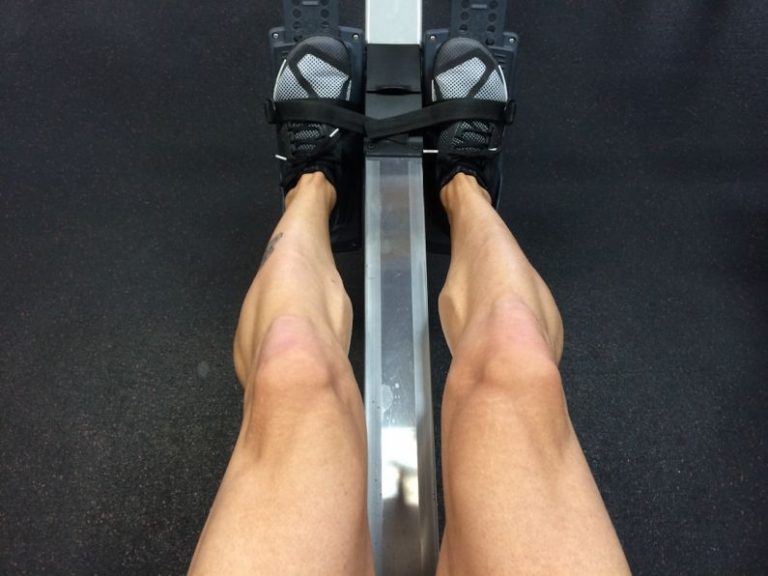
Setting up your ergometer for optimal performance can greatly enhance your workout experience and help you achieve your fitness goals more effectively. Whether you are new to using an ergometer or looking to improve your current setup, making sure your equipment is properly adjusted is key to maximizing the benefits of your workout. In this article, we will explore some essential tips on how to set up your ergometer for optimal performance.
**Adjusting the Seat Position**
One of the most crucial aspects of setting up your ergometer is adjusting the seat position to ensure proper alignment and comfort during your workout. When sitting on the ergometer, your knees should be at a 90-degree angle when your feet are strapped into the footrests. Adjust the seat height so that your shins are perpendicular to the ground when your legs are fully extended during the drive phase of the rowing stroke. This position will help prevent strain on your lower back and ensure efficient rowing motion.
**Setting the Foot Straps**
Proper foot strap position is essential for stability and power transfer during your rowing workout. Make sure the foot straps are snug but not too tight, allowing your feet to move comfortably while maintaining a secure connection to the footrests. Your heels should be in contact with the footrests, and your toes should be pointed slightly upward to engage your leg muscles effectively. Adjust the foot straps as needed to achieve the right balance between support and flexibility.
**Grip and Handle Position**
The grip and handle position on the ergometer play a significant role in maintaining proper form and maximizing your rowing performance. When gripping the handle, your hands should be shoulder-width apart, with a relaxed but firm grip to ensure control and power during the rowing stroke. Avoid gripping the handle too tightly, as this can lead to unnecessary tension in your arms and shoulders.
**Monitor Placement**
Positioning the monitor correctly is essential for tracking your progress and maintaining motivation during your workout. Place the monitor at eye level or slightly below to ensure easy visibility without straining your neck. Adjust the angle of the monitor to reduce glare and reflections that can interfere with your ability to read the display. Familiarize yourself with the monitor functions and settings to customize your workout metrics and track your performance over time.
**Maintaining Proper Posture**
Maintaining proper posture is key to preventing injuries and getting the most out of your rowing workout. Sit tall with your shoulders relaxed and your core engaged to support your back and maintain stability throughout the rowing motion. Avoid slouching or leaning too far forward or backward, as this can strain your back and reduce the effectiveness of your rowing strokes. Focus on driving through your legs and engaging your core and back muscles for a powerful and efficient rowing technique.
**Breathing and Rhythm**
Establishing a consistent breathing pattern and rhythm can help you maintain endurance and intensity during your rowing workout. Coordinate your breathing with your rowing strokes, exhaling as you drive through your legs and pull the handle toward your body, and inhaling as you return to the starting position. Find a rhythm that feels comfortable and sustainable for the duration of your workout, adjusting your pace and intensity as needed to challenge yourself and achieve your fitness goals.
**Conclusion:**
Setting up your ergometer for optimal performance is a critical step in maximizing the benefits of your rowing workout. By adjusting the seat position, foot straps, grip and handle position, monitor placement, posture, breathing, and rhythm, you can enhance your rowing experience and achieve better results with each session. Take the time to fine-tune your ergometer setup to fit your body and preferences, and enjoy a more effective and enjoyable rowing workout.





